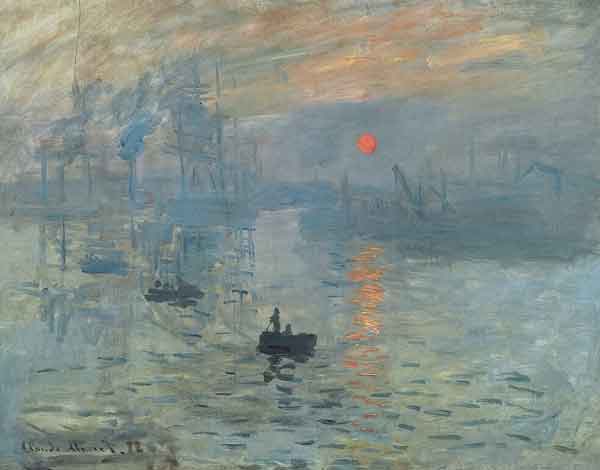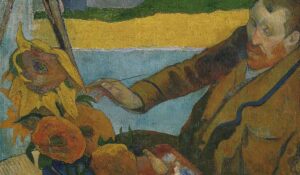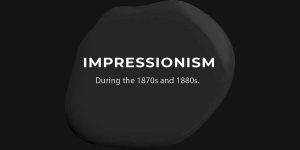Leader of the French Impressionist movement

One of Monet’s final depictions of this theme, The Japanese Footbridge, was created between 1920 and 1922. The footbridge served as the inspiration for Monet’s first series of paintings of his Giverny pond 25 years earlier, in the late 1890s.
Impression, Sunrise by Claude Monet
Claude Monet (1840–1926), a founding member of the French Impressionist movement, was its most prolific and constant practitioner of the movement’s ethos of expressing one’s perceptions of nature, particularly as applied to plein–air landscape painting. Impression, Sunrise, one of Monet’s most well-known paintings, was displayed in 1874 at the first of the independent shows he and his friends organized as an alternative to the Salon de Paris. The Impressionist movement would get its name from the canvas. By 1872, it had been finished, and it shows the French port of Le Havre with very loose brushstrokes that convey an impression of the scene rather than a faithful depiction of the subject.

Visual Analysis of Japanese Footbridge
This horizontal landscape painted depicts a pale turquoise footbridge that spans a pond that is surrounded by tall grasses and waterlilies that are petal – Pink and butter yellow. A few brightly coloured details are added to carelessly drawn landscape. That shallowly arched bridge stretches off either side and nearly touches the top edge of the canvas at the top third of the design. The bridge’s shadow are painted an eggplant purple color. On the water’s surface bands of waterlilies slowly zigzag in to the distance.
The pond’s surrounding area is covered in emerald green and spring grasses that grow along the banks. These grasses eventually mix into a screen of trees that encloses the view. This horizontal landscape painted depicts a pale turquoise footbridge that spans a pond that is surrounded by tall grasses and waterlilies that are petal – Pink and butter yellow. A few brightly coloured details are added to carelessly drawn landscape. That shallowly arched bridge stretches off either side and nearly touches the top edge of the canvas at the top third of the design. The bridge’s shadow are painted an eggplant purple color. On the water’s surface bands of waterlilies slowly zigzag in to the distance. The pond’s surrounding area is covered in emerald green and spring grasses that grow along the banks. These grasses eventually mix into a screen of trees that encloses the view. The underside of the bridge and the grasses and trees are both mirrored in the water’s surface.
In this painting, Monet combines Japanese symbols with his impressionist palette and brushstrokes to establish a hybrid, transcending notion of nature’s primacy. Monet has a deep admiration for the importance of nature in Japanese culture. In the lower right corner, the artist painted “Claude Monet 99” as his signature and date.
In the summer of 1899, he began to take the garden seriously and painted a series of 12 views of its light-dappled surface, arching footbridge, and surrounding vegetation.
What You Need to Know When Pursuing an Impressionism Art Class for Kids. Read more : https://brainart.co/beginners-guide-to-impressionism-art-class/


